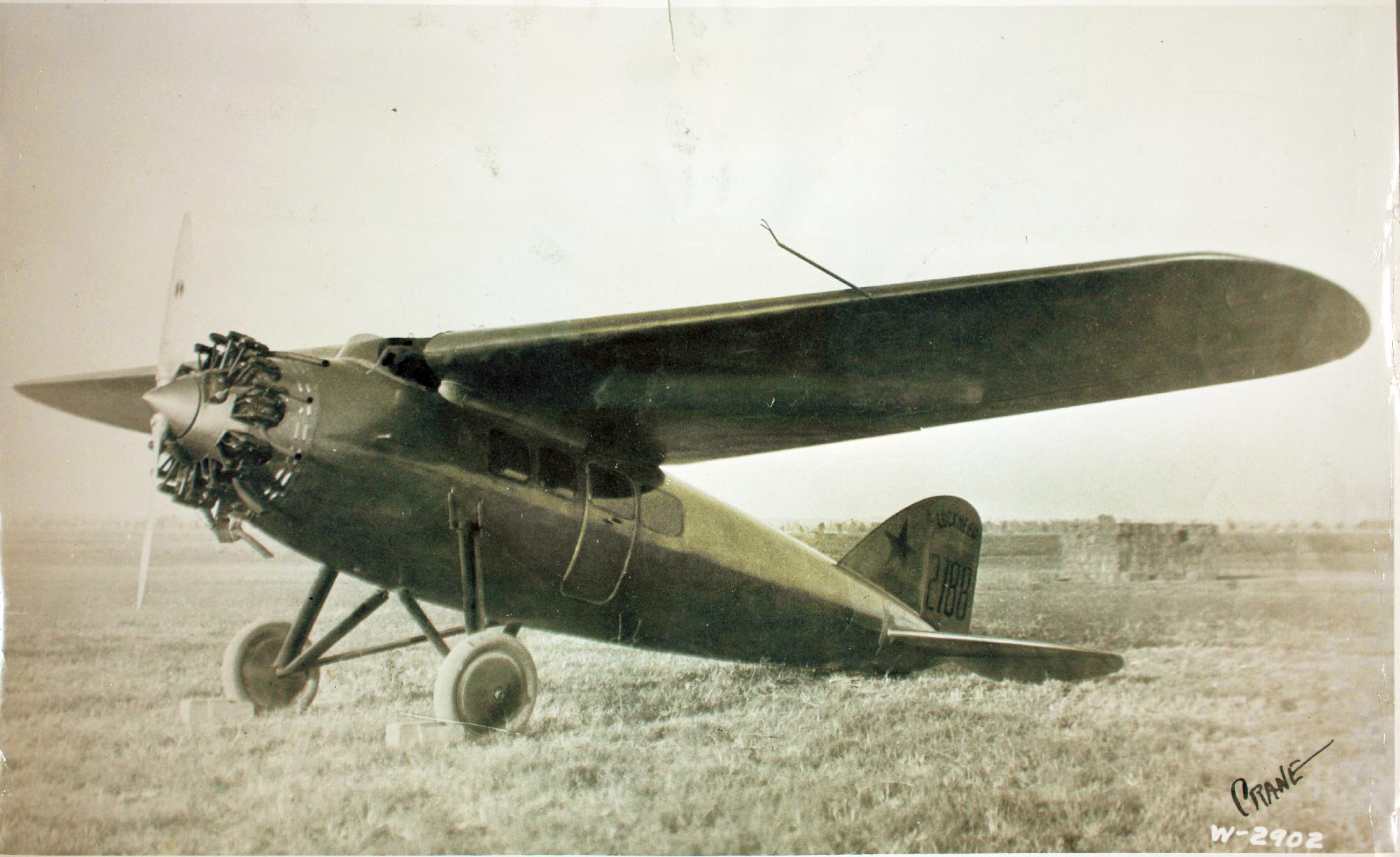
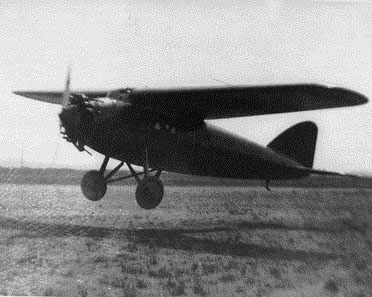
4 July 1927: The first Lockheed Aircraft Company Vega 1, NX913, made its maiden flight with test pilot Edward Antoine (Eddie) Bellande at Rogers Airport, Los Angeles, California. The airport was at the present location of Wilshire Boulevard and Fairfax Avenue, west of downtown Los Angeles.
Bellande was a U.S. Marine Corps flight instructor, and a stunt pilot, test pilot and airline pilot. By the time he had retired in 1943, he was second in seniority among the pilots at Trans World Airways (TWA).
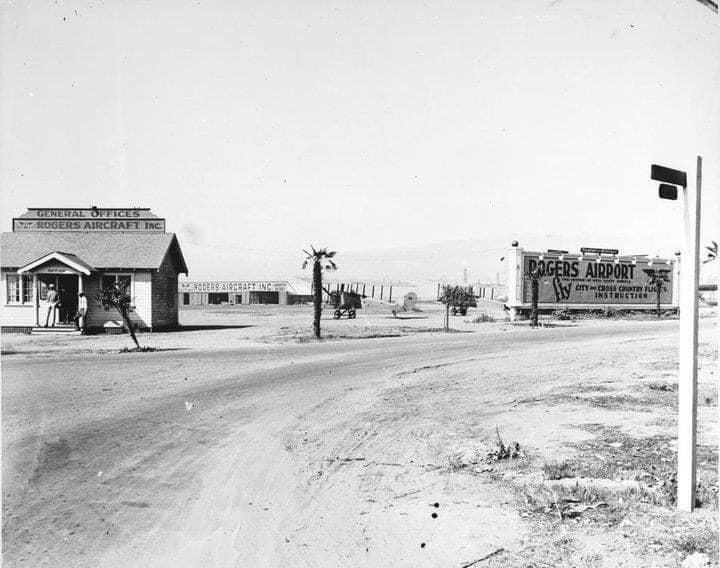
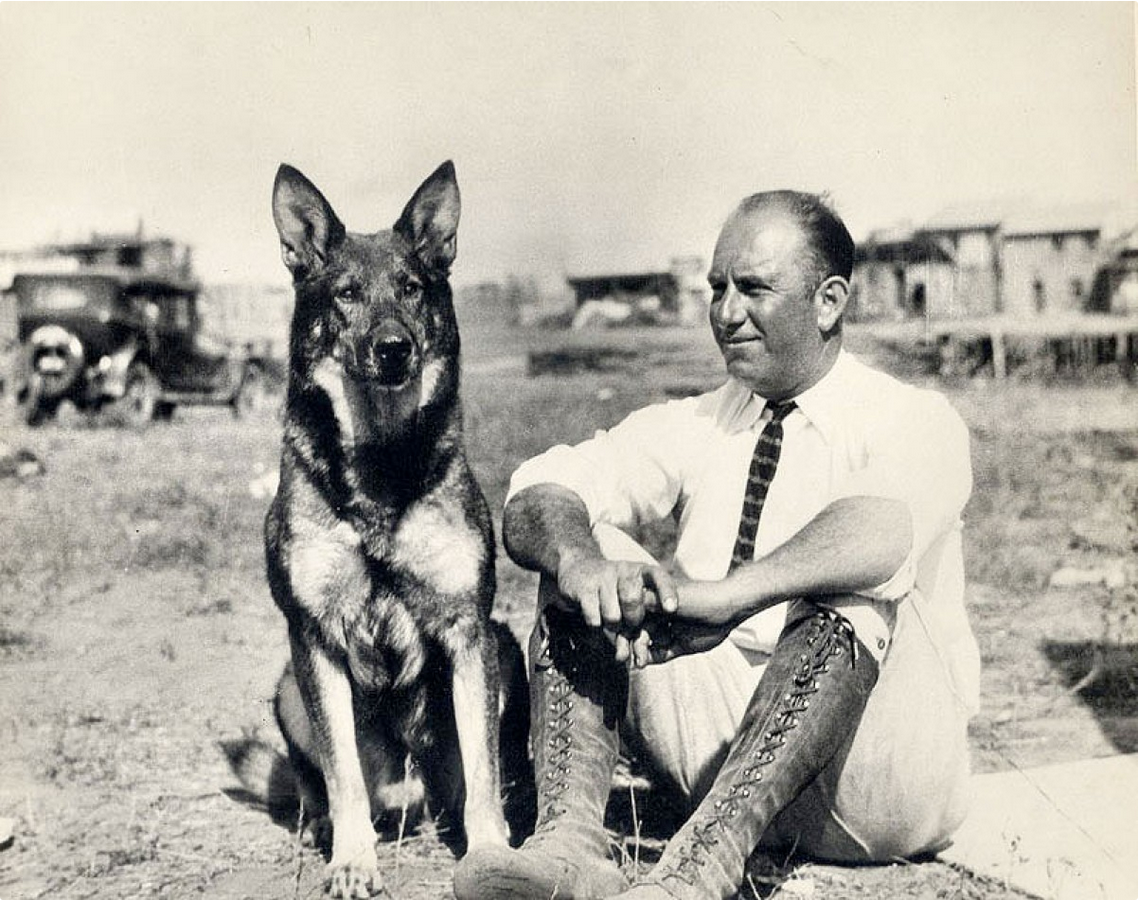
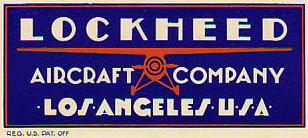
The Vega was very much a state-of-the-art aircraft for its time. It used a streamlined monocoque fuselage made of strips of vertical-grain spruce pressed into concrete molds and bonded together with cassein glue. These were then attached to former rings. The wing and tail surfaces were fully cantilevered, requiring no bracing wires or struts to support them. They were built of spruce spars and ribs, covered with 3/32-inch (2.4 millimeters) spruce plywood.
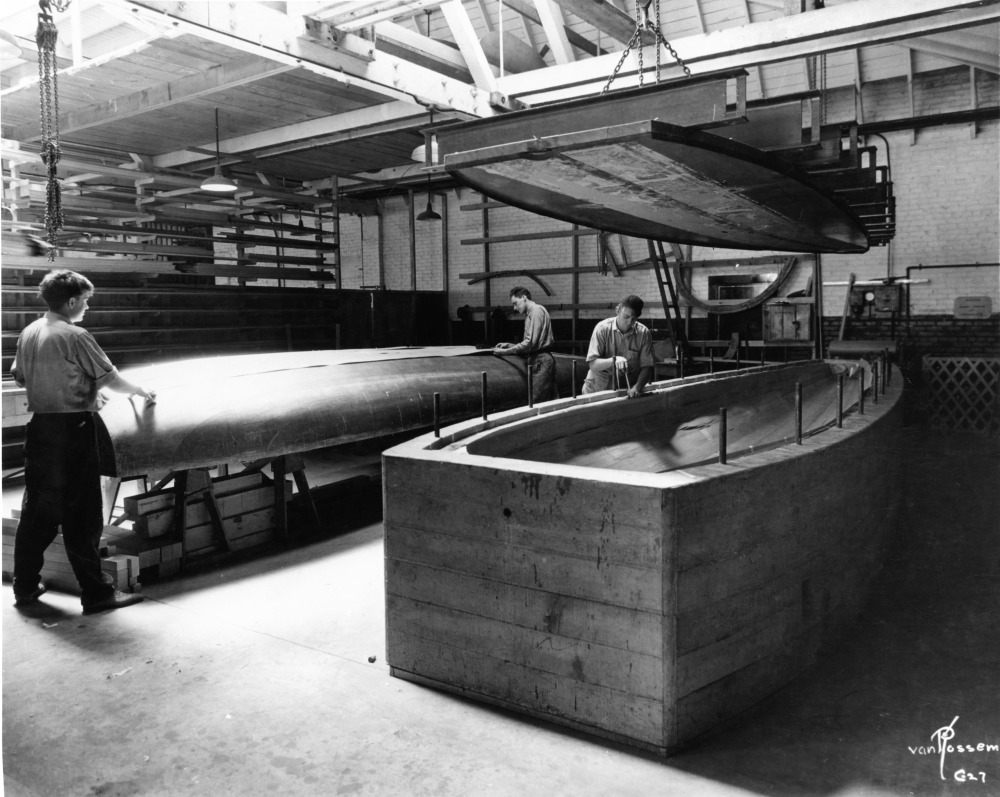
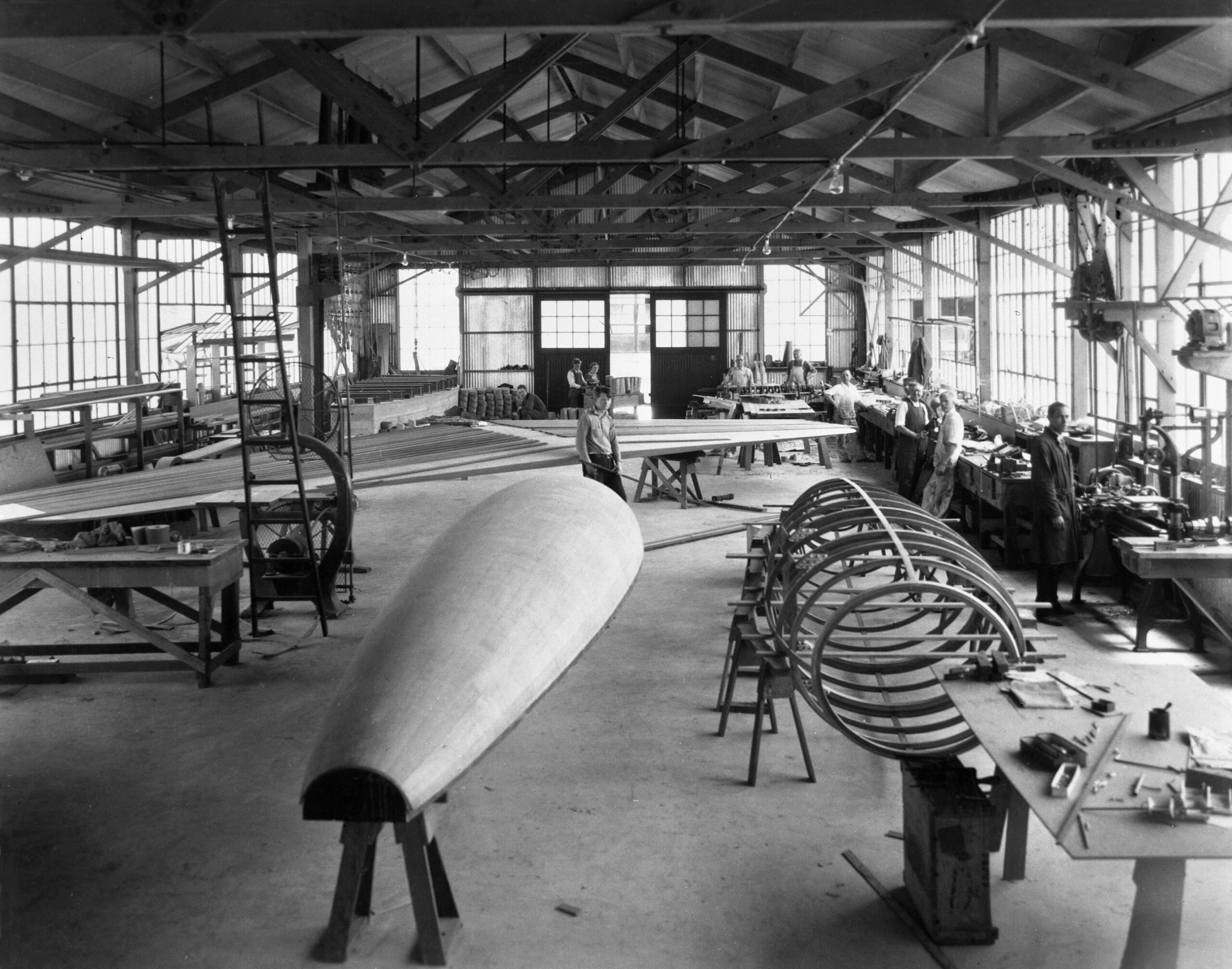
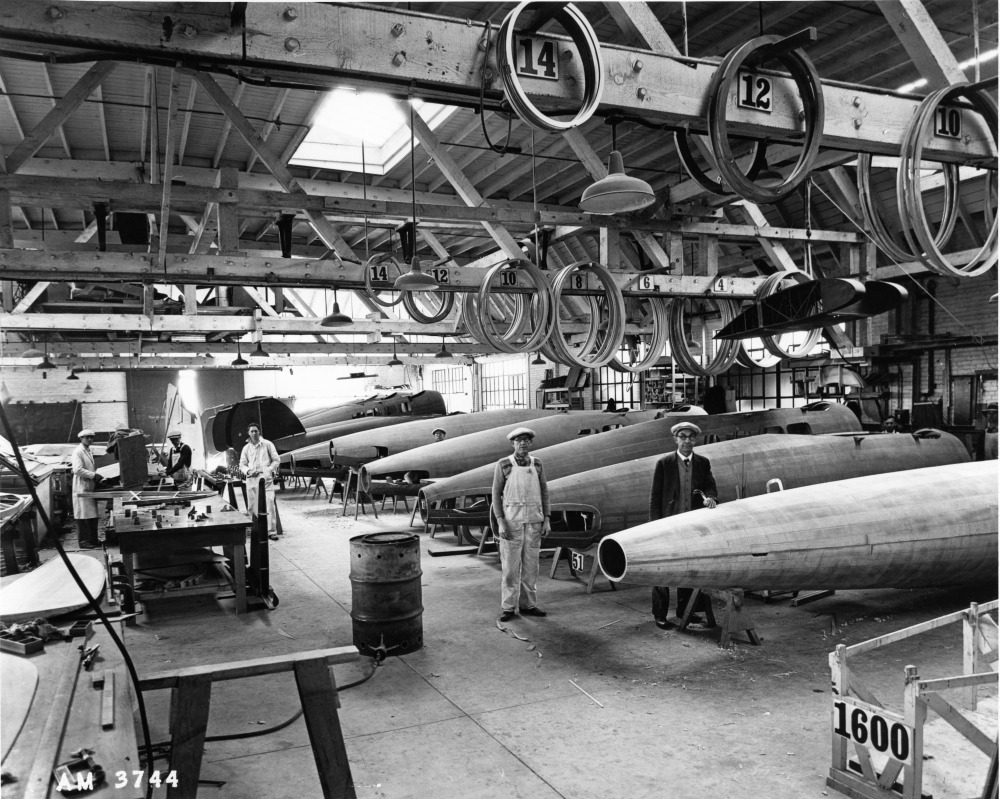
The Lockheed Vega 1 was flown by a single pilot in an open cockpit and could carry up to four passengers in the enclosed cabin. It was 27.5 feet (8.38 meters) long with a wingspan of 41.0 feet (12.50 meters) and height of 8 feet, 6 inches (2.59 meters). The total wing area (including ailerons) was 275 square feet (25.55 square meters). The wing had no dihedral. The leading edges were swept slightly aft, and the trailing edges swept forward. The Vega 1 had an empty weight of 1,650.0 pounds (748.4 kilograms) and a gross weight of 3,200 pounds (1,452 kilograms).

The Vega had a cruising speed of 110 miles per hour (177 kilometers per hour) with the engine turning 1,500 r.p.m., and a top speed of 135 miles per hour (217 kilometers per hour)—very fast for its time. The airplane had a rate of climb of 925 feet per minute (4.7 meters per second) at Sea Level, decreasing to 405 feet per minute (2.1 meters per second) at 10,000 feet (3,048 meters). Its service ceiling was 15,900 feet (4,846 meters), and the absolute ceiling was 17,800 feet (5,425 meters). The airplane had a fuel capacity of 100 gallons (379 liters), giving it a range of 1,000 miles (1,609 kilometers) at cruise speed.
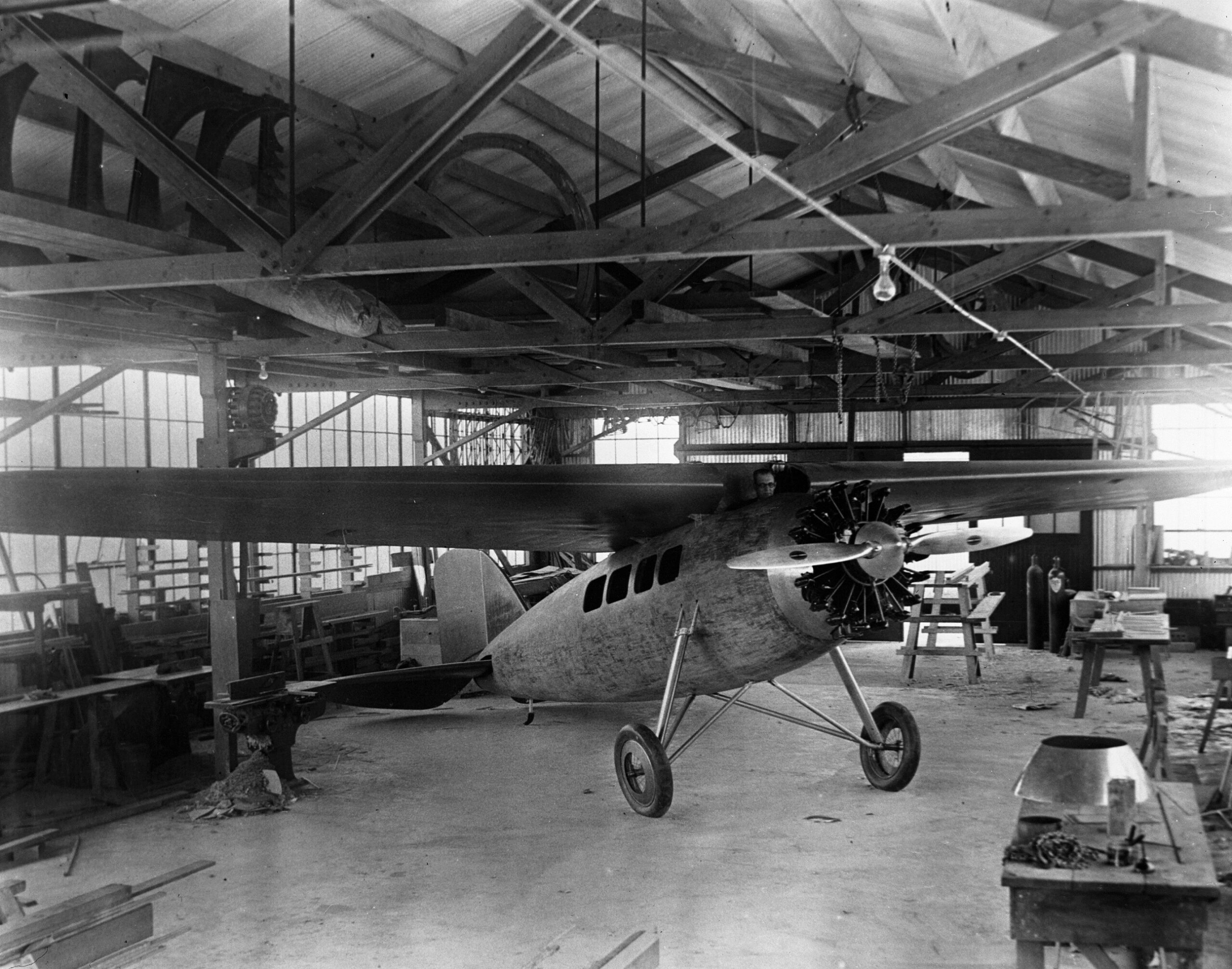
Twenty-eight Vega 1 airplanes were built by Lockheed Aircraft Company at the factory on Sycamore Street, Hollywood, California, before production of the improved Lockheed Vega 5 began in 1928 and the company moved to its new location at Burbank, California.
The techniques used to build the Vega were very influential in aircraft design. It also began Lockheed’s tradition of naming its airplanes after stars and other astronomical objects.
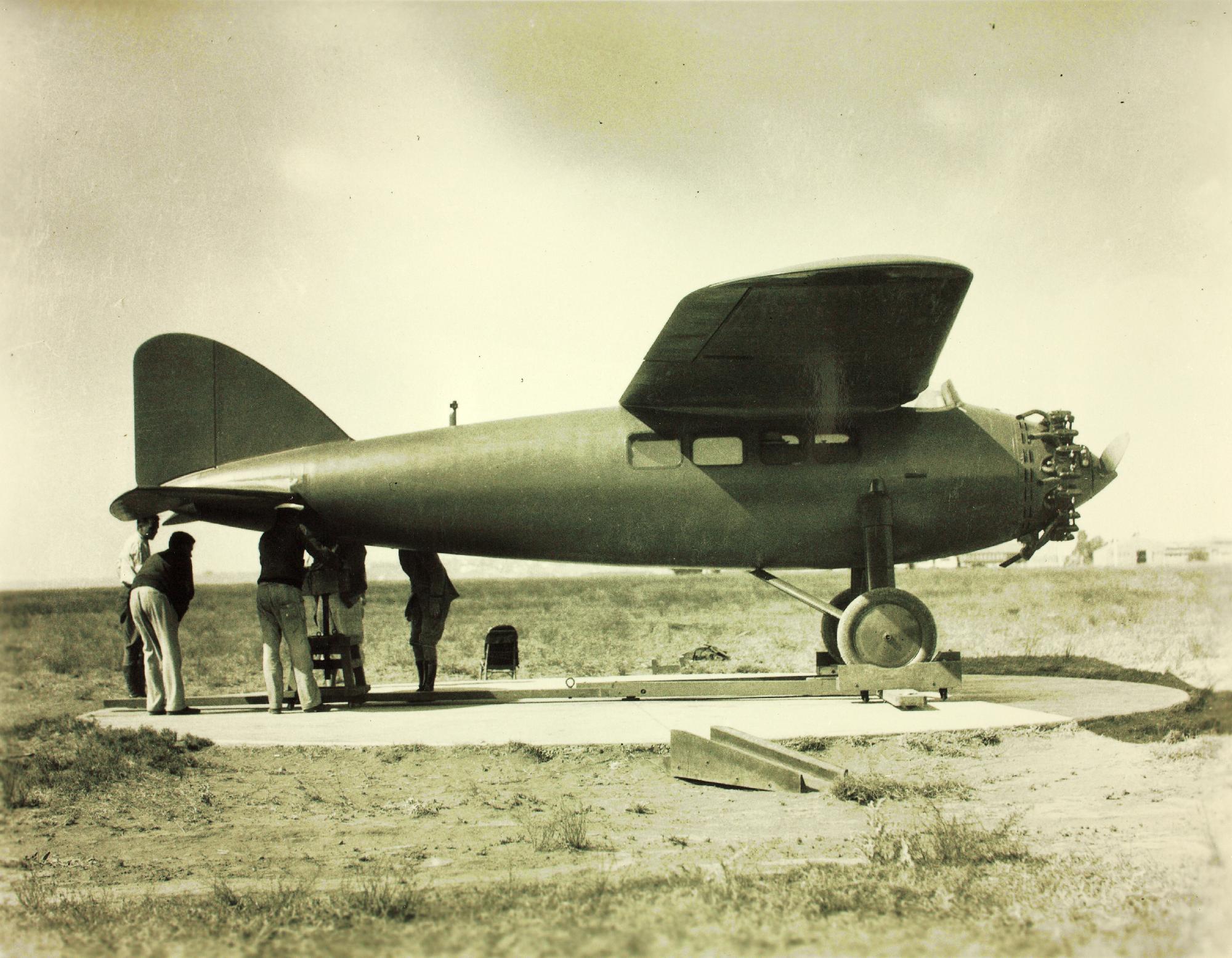
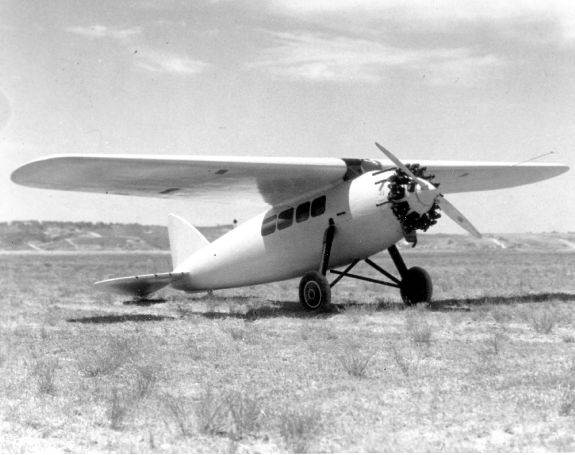
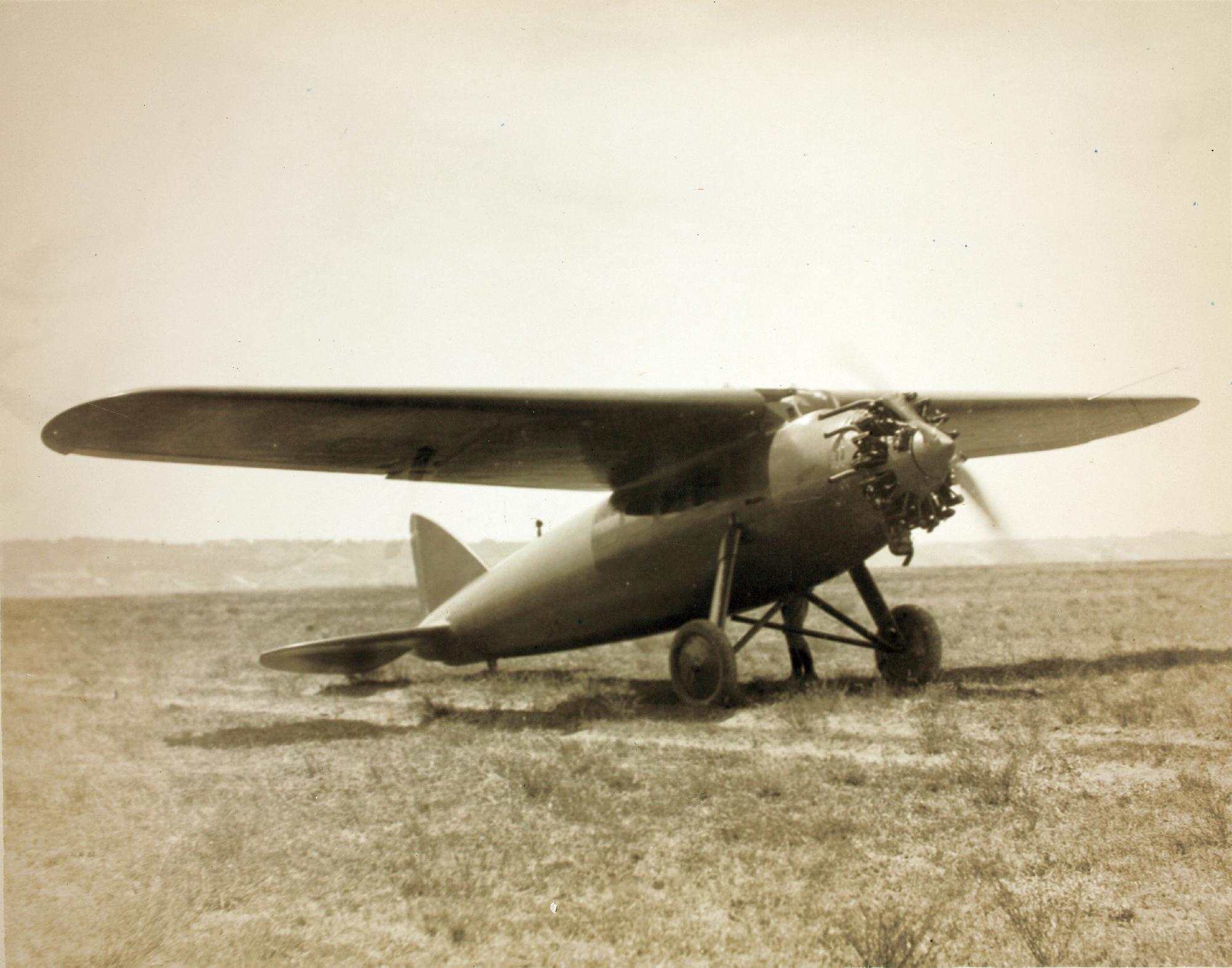
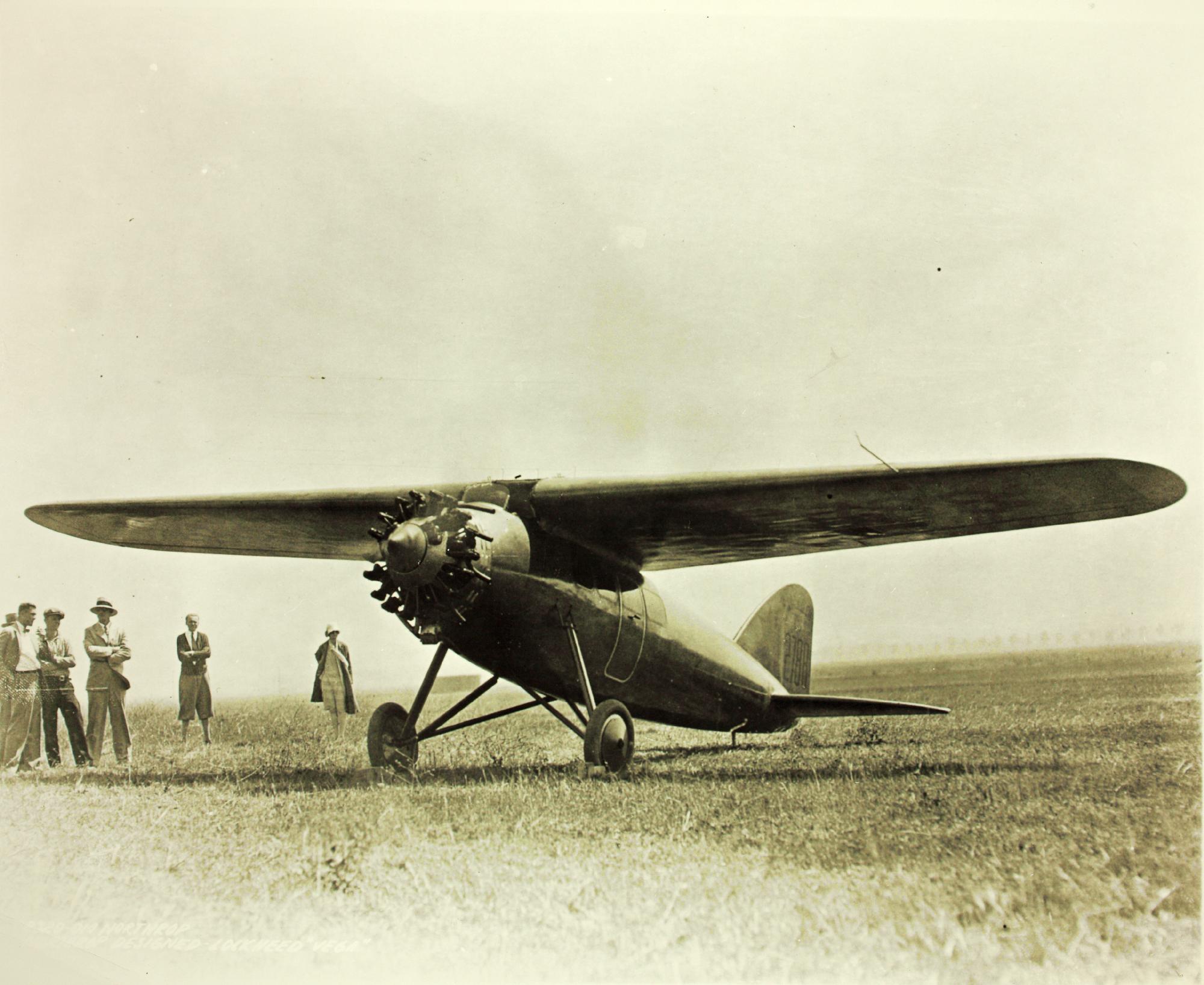
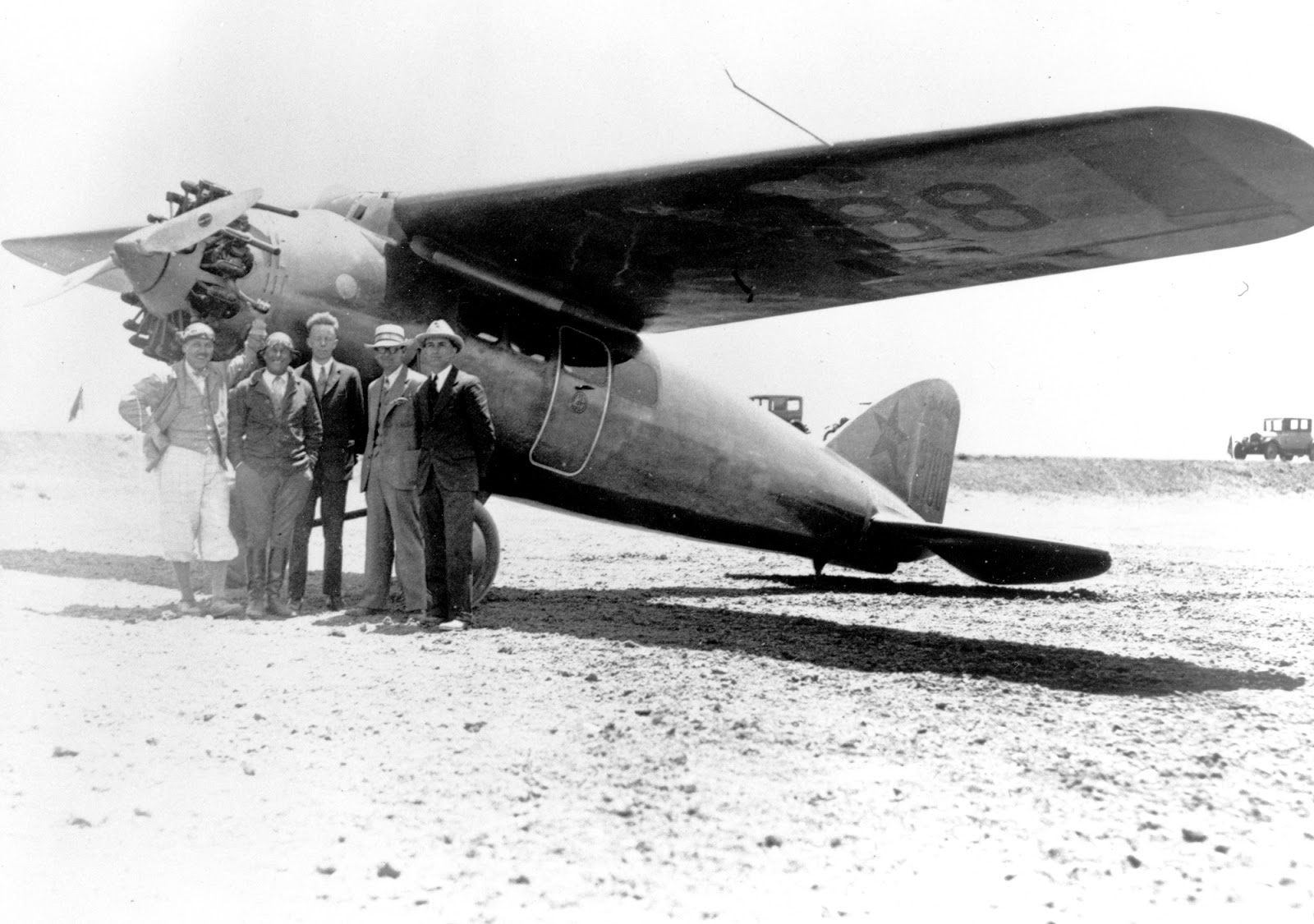
Golden Eagle, with its pilot, Jack Frost, and navigator Gordon Scott, was lost while crossing the Pacific Ocean in the disastrous Dole Derby California-to-Hawaii Air Race, 16 August 1927.
© 2019, Bryan R. Swopes
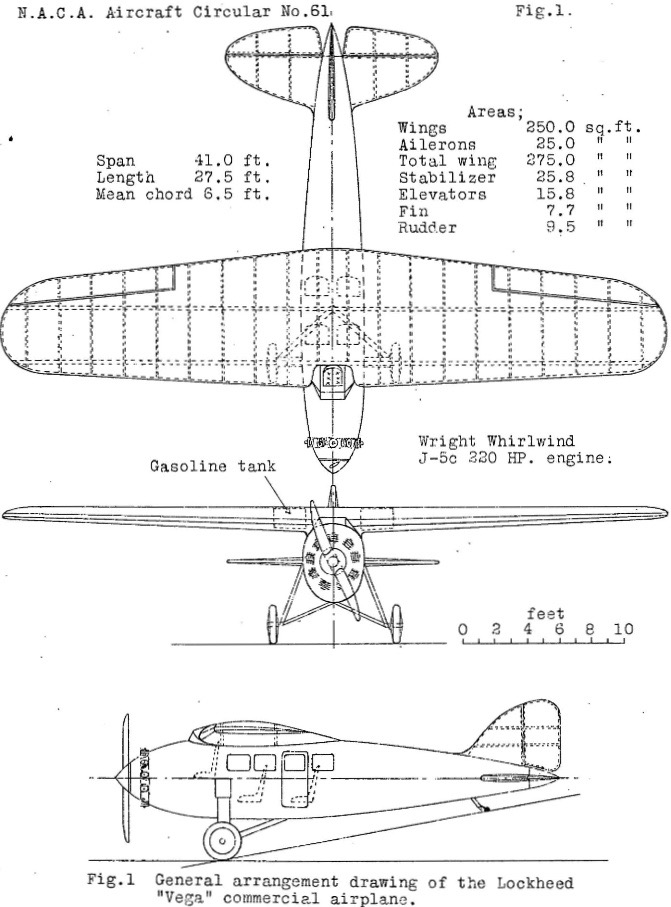
Bryan,
Can you send me a high-resolution version of the photo of Bellande with Rin Tin Tin? Or can you tell me where you discovered it? We’re working on an Animals and Aircraft gallery for Code One and that image would certainly be one we’d want. Let me know. Thanks!
Jeff, I found the image in an Internet blog about dogs. I just did a Google Images search and located a larger image (1200 x 950) on imgkid.com. I don’t know the original source of the photograph. It is unattributed at every site on which I saw it posted.
Hello Bryan,
Hope you don’t mind me sharing this. I’ve always admired Lockheed and their innovations from the beginning, then hiring Kelly Johnson was icing on the cake.
This website explains how the name Lockheed came to being from Loughhead.
https://sandiegoairandspace.org/hall-of-fame/honoree/lockheed-brothers
Thank you!